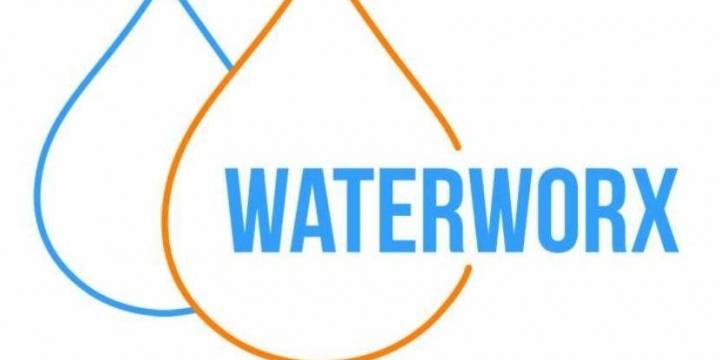
WaterWorX
 Read more
Read more

Lilongwe Water Board is a parastatal water utility organization in Malawi established in 1947 and reconstituted by the Act of Parliament ‘Water Works Act No. 17 of 1995. The Board is mandated to supply potable water to the City of Lilongwe and the surrounding areas. Its clients include domestic, institutional, industrial as well as commercial customers.
LWB abstracts its raw water from Lilongwe River which originates from Dzalanyama Ranges. There are two dams constructed along the river; Kamuzu Dam I and Kamuzu Dam II. The catchment area is approximately 1,870 square Kilometers. Kamuzu Dam I was constructed in 1966 and has a storage capacity of 4.5 million cubic meters, Kamuzu Dam II was constructed in 1989 with an initial storage capacity of 9.2 million cubic meters. The Dam was rehabilitated and raised in 1999 thus increasing the storage capacity to 19.8 million cubic meters. Kamuzu Dam I acts as a balancing reservoir and its outflow goes directly into Kamuzu Dam II. Water flows by gravity down to the abstraction point, about 20 km downstream.
The Board has two main Treatment Plants, TW I and TW II which are situated within the Water Works Campus, off Likuni Road in Area 3. The combined capacity of the two plants is about 125,000 cubic meters per day. Lilongwe City has a population of about 1,100,000 and the Board currently serves around 75% of the population. There are about 65,000 metered customers and more than 750 water Kiosks (communal water selling points) within the City.